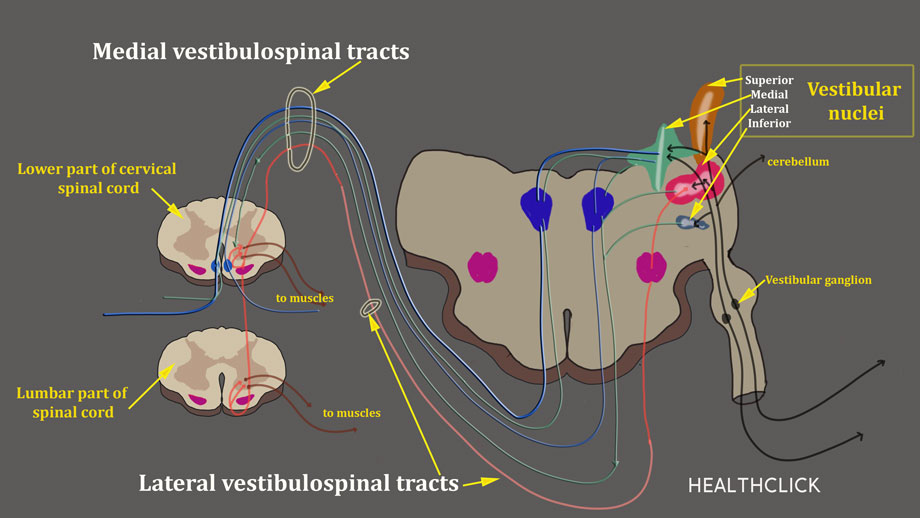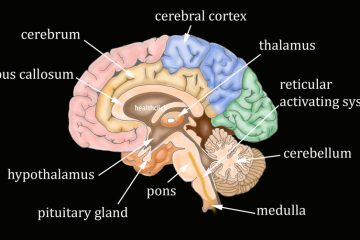Many vestibular and oculomotor symptoms are evident only when provoked by stimuli or movements. Convergence insufficiency training can assist the clinician decrease dizziness in their patients.
Vestibular rehabilitation and visual-oculomotor therapies involve an active, expose-recover approach to reduce impairment and symptoms. Initial results support the effectiveness of both vestibular and visual-oculomotor therapies, especially those that target specific impairments.
https://www.ncbi.nlm.nih.gov/pmc/articles/PMC5384823/
When it comes to intervening for ocular motor function, we know a couple of things very clearly.
1. We have no evidence that we will make any changes to smooth pursuit or saccades or VOR suppression by doing exercises that involve those three tasks. That has been clearly stated in such papers as Gallaway in 2017, Simpson-Jones in 2018, and Hall 2016 with The Clinical Practice Guidelines for Vestibular Function also talk about that.
2. We do not need to work on smooth pursuit exercises or saccadic eye movement exercises to improve those functions. If we have to do some of that as a habituation task, that can certainly be done in the short term. We are not going to improve somebody’s saccadic intrusions with smooth pursuit by doing smooth pursuit. There is no evidence that that works.
3. Convergence insufficiency can be improved with training. In the clinic, we may use that as a habituation task if somebody is very dizzy with those tasks. Then accommodation is not insufficiency. It is also not something that we are going to treat routinely. However, if we know that somebody has trouble with accommodation, we can work on near, far shifting when doing functional tasks in the clinic.
Learn more about Convergence Insufficiency Training to Decrease Dizziness in your Vestibular and Concussion Patients.

Check out our new All Access, Online Video Subscription for PT, PTA, OT, OTA and ATC.
The video in this blog is referenced from the Concussion rehab continuing education course, Invisible Trauma-Recovery from Complex Concussions. This online course is included in our all-access annual subscription along with these other Concussion and vestibular related continuing education courses.
Watch the promotional videos on these pages to see the quality of continuing education included in these online vestibular courses
Sports Concussion-An Evidence Based Course
Progressive Vestibular Treatments for the Over 60 Population
Current Concussion Evaluation and Treatment Approaches
References for Convergence
Gallaway M, Scheiman M, Mitchell GL. Vision Therapy for Post-Concussion Vision Disorders. Optom Vis Sci. 2017 Jan;94(1):68-73. doi: 10.1097/OPX.0000000000000935. PMID: 27505624.
Simpson-Jones ME, Hunt AW. Vision rehabilitation interventions following mild traumatic brain injury: a scoping review. Disabil Rehabil. 2019 Sep;41(18):2206-2222. doi: 10.1080/09638288.2018.1460407. Epub 2018 Apr 10. PMID: 29631511.
Hall CD, Herdman SJ, Whitney SL, Cass SP, Clendaniel RA, Fife TD, Furman JM, Getchius TS, Goebel JA, Shepard NT, Woodhouse SN. Vestibular Rehabilitation for Peripheral Vestibular Hypofunction: An Evidence-Based Clinical Practice Guideline: FROM THE AMERICAN PHYSICAL THERAPY ASSOCIATION NEUROLOGY SECTION. J Neurol Phys Ther. 2016 Apr;40(2):124-55. doi: 10.1097/NPT.0000000000000120. PMID: 26913496; PMCID: PMC4795094.
Elbin RJ, Schatz P, Lowder HB, Kontos AP. . An empirical review of treatment and rehabilitation approaches used in the acute, sub-acute and chronic phases of recovery following sport-related concussion. Curr Treat Options Neurol. 2014; 16 11: 320– 342.

